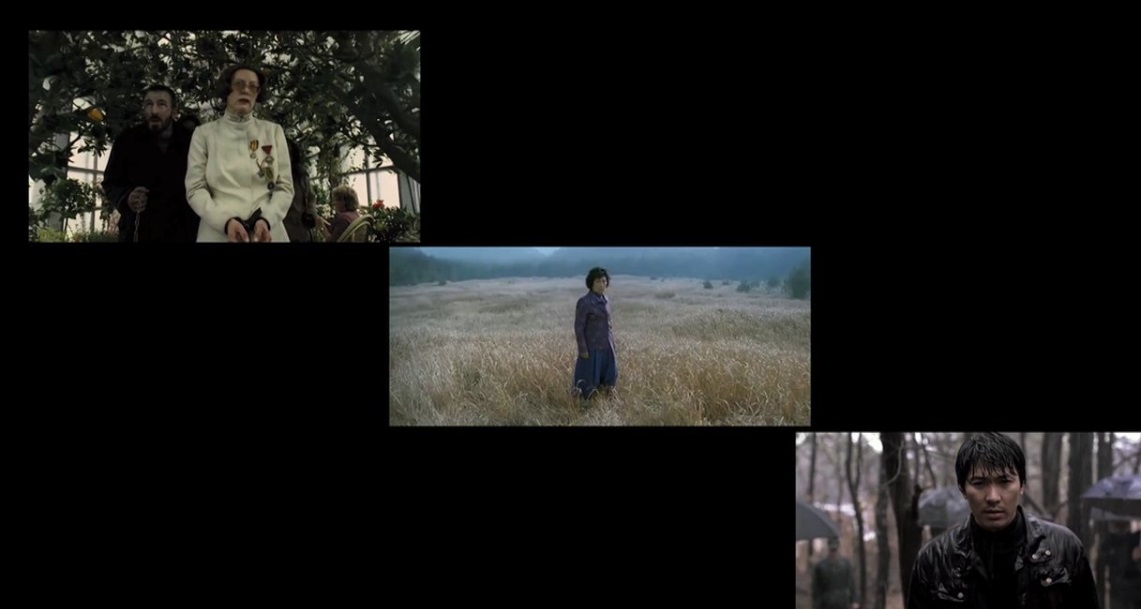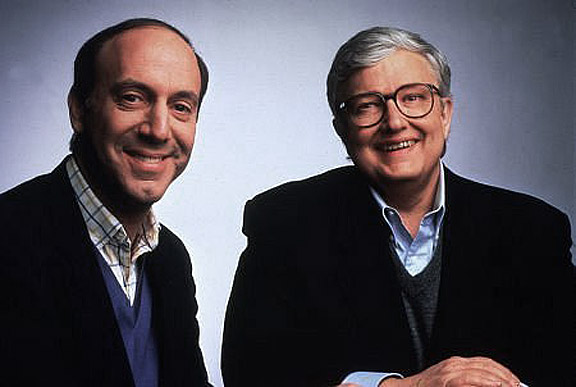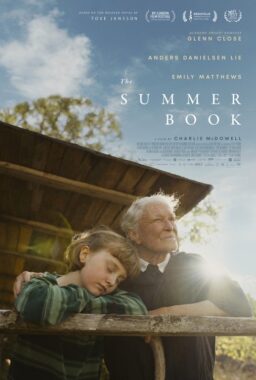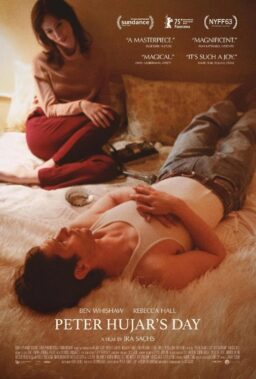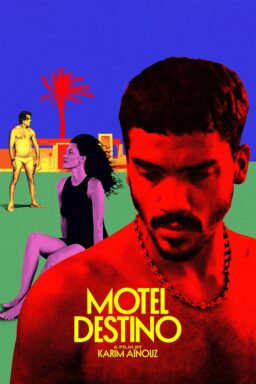Typically, the cinematographer is the director’s right hand
man, a vital, top tier player in the filmmaking process. The cinematographer
not only is the expert of lighting design and acts as head of the camera and
electrical department, he or she is also the trademark artistic visual voice of
a film. For example, it’s hard to imagine an Alfonso Cuarón film
without the free-flowing, single-take prowess of cinematographer Emmanuel
Lubezki. Or try to picture a Wong Kar-wai movie without the pulsating color
schemes and palettes composed by moving image impresario Christopher Doyle.
These are moving image creators, who have each branded trademark styles from
their ubiquitous collaborations with certain directors. These directors owe
much of their success—and more importantly their titles of being hailed as
“auteurs”—to their cinematographers. Director Bong Joon-ho is a
special case: his films are largely credited to his own uncompromising visual
style, as opposed to his cinematographers.
One only has to look at Bong’s five
feature films to see that it is the director’s image-making trademark that is
in full force. Beginning with his “Barking
Dogs Never Bite,” where Bong worked with two cinematographers (Yong-kyou
Cho and Yeong-gyu Jo), the visual scheme was quickly etched into place: an
energetically-infused batch of kinetic, profile-framing handheld shots mixed
with pensive, long takes that zero in an emotion or action. There’s a quiet,
entrancing scene in “Barking” where the
camera observes a roll of toilet paper unfurl down a street with as much
seriousness as another shot in the film of blood trickling down a character’s
nose.
When Bong moved on to create “Memories
of Murder” and the much-adored monster film “The Host,” he tapped cinematographer Kim Hyung-ku to serve as
the director of photography. But hardly anything new was added by Kim, in terms
of idea innovation; it was still Bong’s canvas and Kim’s role was to take
the visual rhythms and emotions that were already set from “Barking” to higher technical heights.
An early scene in “The Host,” which features a monster
attacking civilians on land, is one of the most memorable set pieces of the
2000s. Again, using an unusual framing strategy (tracking shots that zoom in and
out, while keeping characters in profile) coupled with more traditional “long
take” shots, the sequence was all the more enthralling because the clarity of
the images in motion were spelled out to a consistent “visual music.” (Contrast
this to the indecipherable, headache-inducing image destruction found in a
Michael Bay film.) Bong at this point cemented himself as the invisible
cinematographer of his own films, in a sense.
With “Mother” and the recently released “Snowpiercer,” Bong has already tapped
his fourth cinematographer (Hong Kyung-pyo) in only five feature films.
Usually that’s a recipe for a disastrous, sporadic visual style in one’s
filmography but for Bong, it’s further proof that he is one of the few, true
working directors who actually deserves the title of “visionary.” What you’re
seeing in those frames, on that screen, is thrillingly alive and wholly his.
RogerEbert.com VIDEO ESSAY: Bong Joon Ho: Living Images, Moving Frames from Nelson Carvajal on Vimeo.
